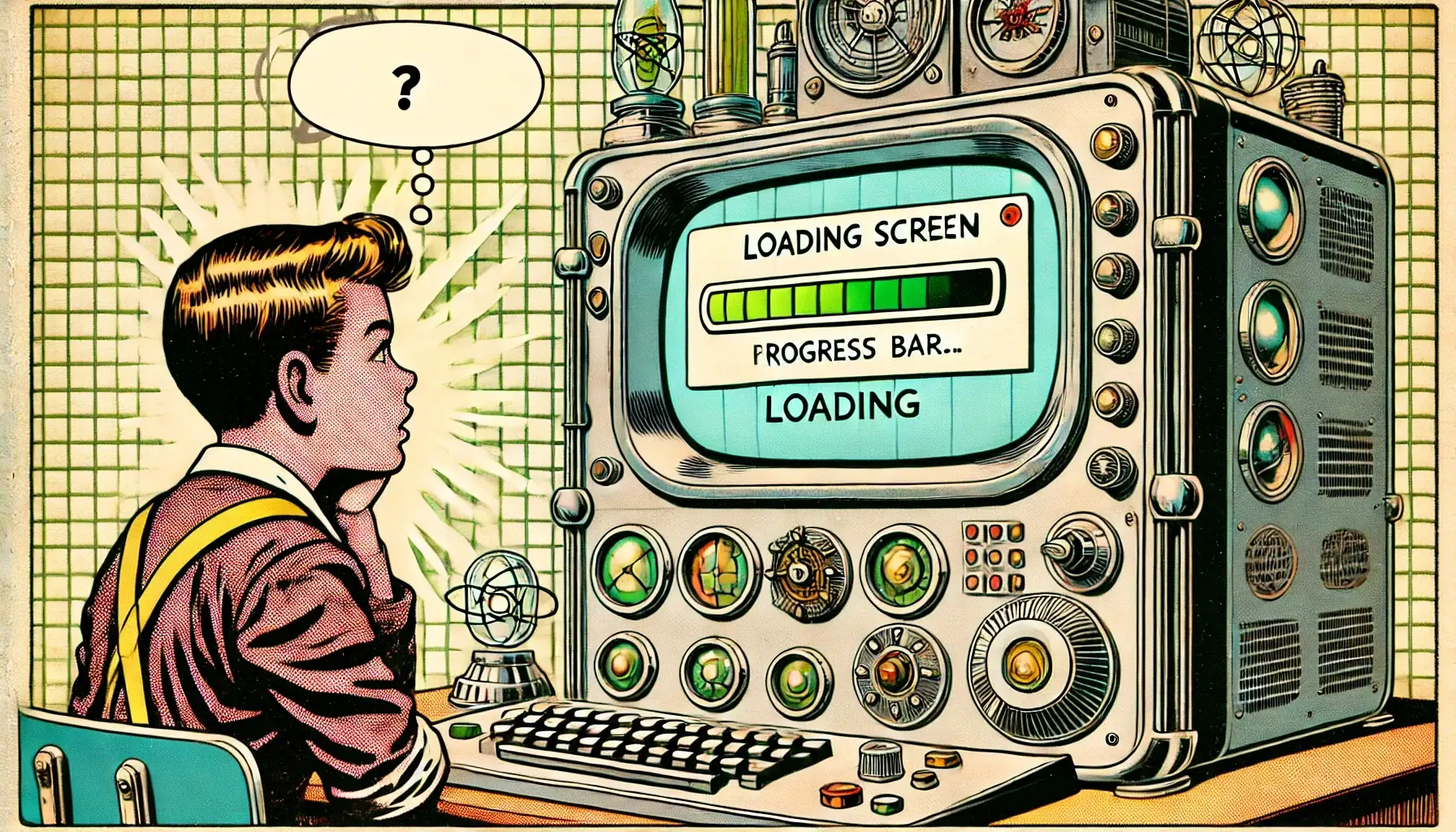AI Collaboration Deserves More Credit Than You Think

Nobody Is An Island
AI collaboration is becoming more important for virtually every professional in the modern world. As artificial intelligence becomes an increasingly powerful tool for creativity, a major question emerges: Who truly owns AI-generated content?
AI can generate blog posts, artwork, music, and even business strategies, often with stunning results. But does that mean AI is the creator? Not quite. The answer isn’t binary – it’s a spectrum.
The reality is that AI-assisted work is only as good as the human behind it. The depth of engagement, the quality of iteration, and the creative intent all determine how much of the final output truly belongs to the user.
This article explores the evolving concept of ownership in AI collaboration – why it shouldn’t be an all-or-nothing debate and how we might rethink attribution in a way that respects both creators and the data that fuels these systems.
Defining Ownership in AI-Assisted Creation Is An Evolving Problem
A. The Spectrum of Human Engagement
The more effort and refinement a person puts into an AI-assisted work, the more they “own” the result. Consider these two examples:
- Minimal Engagement: A person enters a single prompt like “Write a 1,000-word blog post about cybernetics,” copies the output, and posts it with no changes.
- Deep Engagement: Another person spends an hour refining responses, prompting AI in layers, shaping the structure, injecting personal insights, and editing for coherence.
Who has more creative ownership? The second person. AI is a tool, not an author. The human’s depth of interaction matters.
This is no different from a musician using Apple’s AI Drummer – a skilled user can push it to create something deeply original, while a novice may just hit ‘play’ and let it run.
B. Copyright Law and the AI Gap
Legally, AI platforms like OpenAI state that users own the outputs they generate. However, copyright law has yet to fully adapt. The law currently requires a human touch in editing and refinement for something to be considered an original work.
But how much human input is enough?
- If you edit one paragraph in an AI-written blog post, is it now yours?
- If you slightly tweak an AI-generated image, do you own the final product?
The lack of clear legal precedent leaves a gray area that will likely be contested in future copyright disputes.
The Attribution Problem in AI Art and Writing
A. Source Attribution in AI Training
AI models learn from massive datasets, often without clear attribution. This raises ethical concerns, particularly in visual art, music, and design, where AI-generated works may heavily resemble the styles of human creators.
For instance:
- If you ask AI to generate a “portrait of me in The Simpsons style,” it’s directly borrowing from a copyrighted aesthetic.
- If you ask for “a young woman in a retro comic book style,” the result may draw from countless unidentified sources, making attribution difficult.
B. A Potential Solution: Micro-Payments & Model Transparency
One future solution might be AI-generated influence tracking, where artists receive micro-payments when their work influences AI outputs.
Imagine AI art tools where:
- You can see which artists your request drew from.
- Lesser-known creators get compensated when their work is used as a reference.
This would shift the conversation away from blanket AI ownership debates and toward fair attribution models that reward the human creators behind AI training data.
AI Can Be A Creative Partner, Not A Human Replacement
My Personal Evolution With AI Usage
I resisted AI-generated content at first. Also, early models were slow, uninformed, and felt like chatting with a person attempting to sound benign in their responses. This all changed for me in 2024 when I began working with Deep AI attempting to learn about the nature of the model itself. I pushed the model to learn about it, and to teach it things that it was confused about regarding the differences between human beings and machines.
That opened my mind to the potential of these tools as a philosopher and in terms of the positive aspects it could bring to education. This was also counterintuitive compared to how most people view these models as degrading to the education of young people.
As a writer, I had also never even worked with another person as a creative partner, so the idea of AI stepping into that role felt unnatural. People worry if it’s “cheating.”
However, through deep engagement with many AI tools, I’ve come to see them as a powerful way to refine and expand ideas, not a shortcut to replace creativity. In the case of writing & research, it can web-crawl & synthesize a lot of news stories much faster than I could working on a premise. But it always starts with my human effort and creativity. I am seeking. It is finding. We are learning. When it comes to other forms of art like graphics or music, the process is similar but with different guardrails & criteria.
For example, when I generate pulp comic-style graphics from the 1950s, I’m not copying a modern artist – I’m working within a historical aesthetic that is no longer under copyright. This has become a common style I will produce for this blog and the featured images. Fewer hallucinations.
It feels more humane.
Getting Out What You Put In
I also like grounding these heady conversations in something that is more old school like that. That is a balancing act which I have found helps me learn, and share these ideas.
The key is intentional originality. AI should be used to amplify human creativity, not just mimic existing work.
This Is A Call for Nuanced AI Attribution
- Ownership in AI-assisted work isn’t black and white – it’s a spectrum based on human engagement.
- For AI-generated content to be considered original, meaningful human refinement must take place.
- Attribution models must evolve to compensate the human artists and writers who influence AI outputs.
- The best use of AI is as a creative collaborator, not a replacement for human ingenuity.
The conversation about AI and ownership is just beginning. Rather than fight AI’s role in creativity, we should focus on refining how we credit and compensate those who shape these tools.
Because in the end, AI doesn’t create in a vacuum – it creates with us. And that collaboration deserves more credit than most people think.
